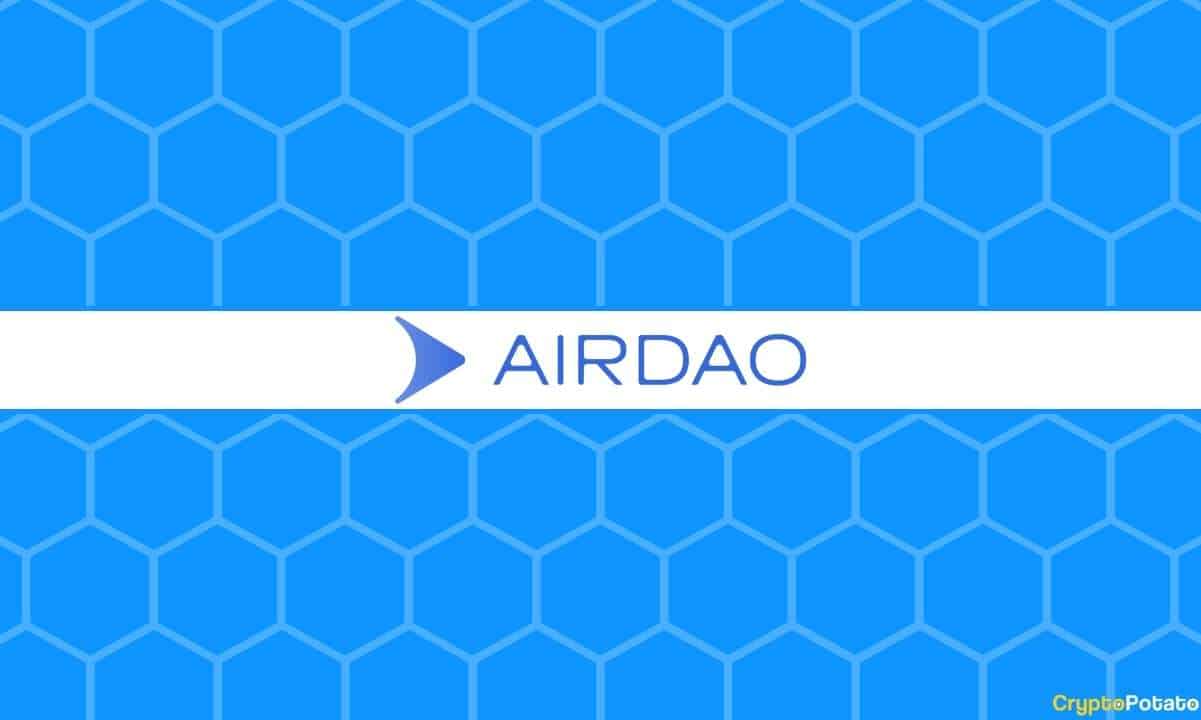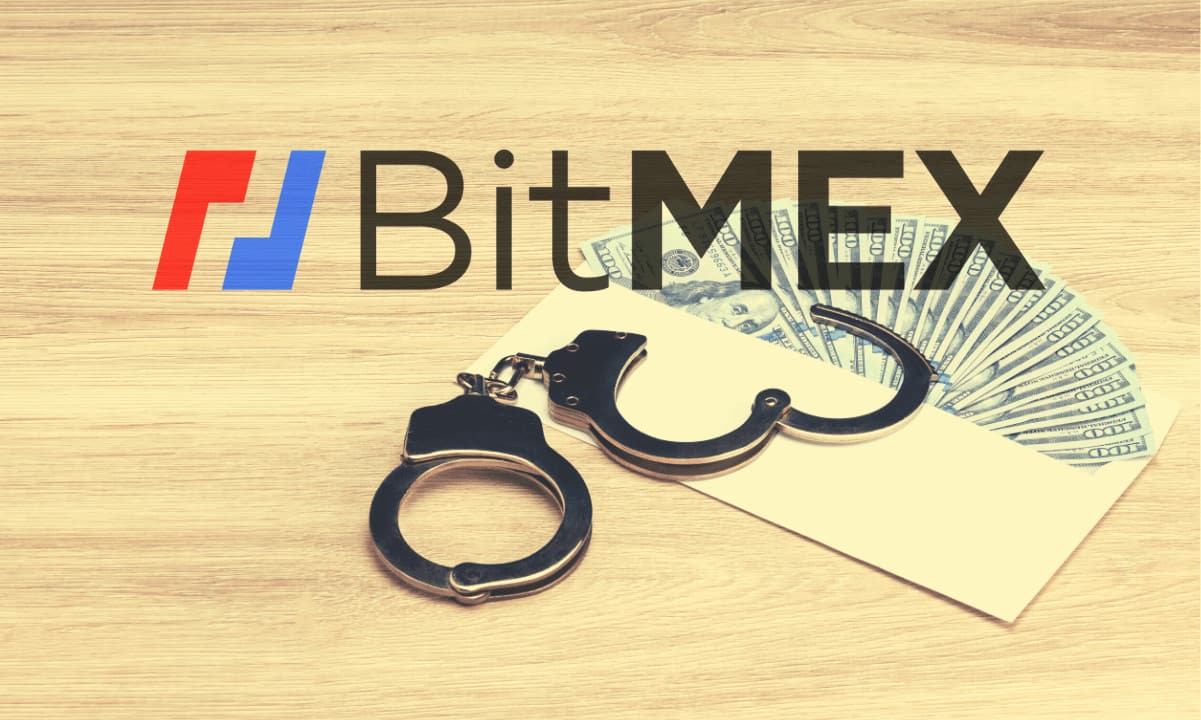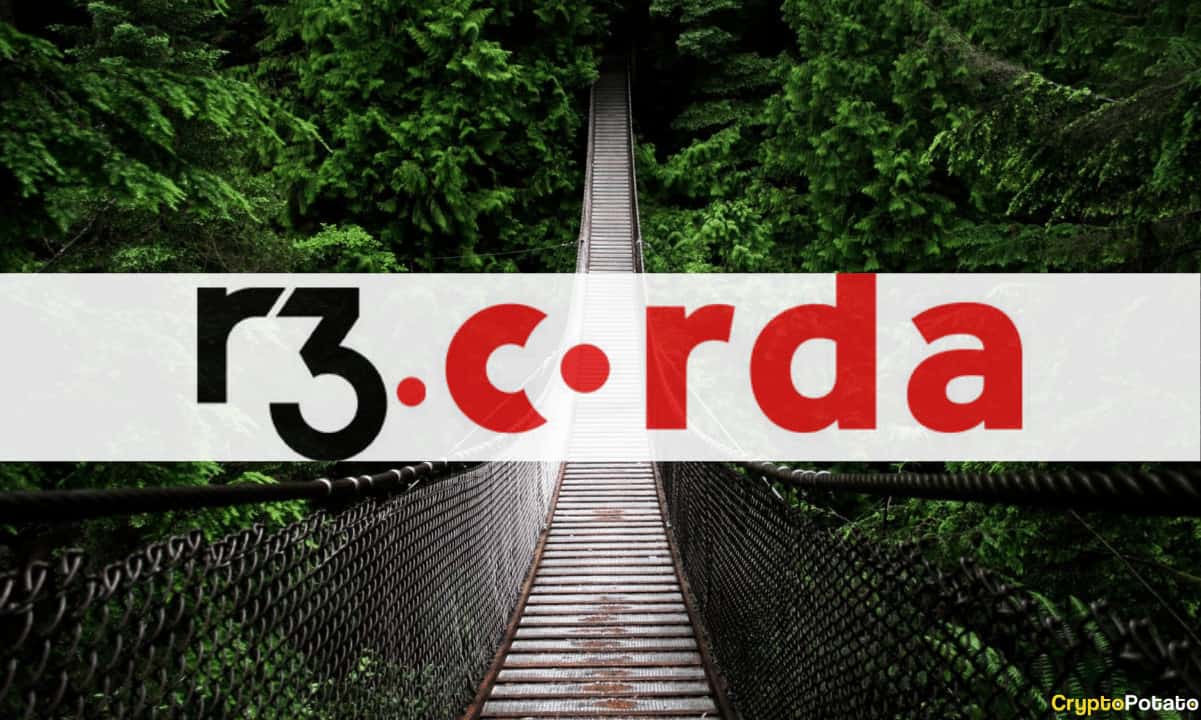Complete Overview of AirDAO Staking: Everything You Need to Know
The concept of staking is now embedded into mainstream crypto culture.
In essence, cryptocurrency staking is the process of locking up a certain number of tokens to support the operations of a specific blockchain network.
In the case of AirDAO, users can stake AMB tokens to support the AirDAO Network.
The process is designed to contribute to network security, transaction validation, consensus, and other activities essential to the proper functioning of a blockchain that’s running on Proof-of-Stake (or alternative consensus algorithms, which rely on staking).
Users who choose to stake earn a reward for their contribution — usually cryptocurrency.
Beyond the technical implications of staking, the process also carries further benefits as it fosters stronger community participation, an involved ecosystem of users, decentralization, and network stability.
In the following, we take a closer look at AirDAO’s staking solution. You will find out how it works, why it is necessary, how to stake, and what to expect in the future.
Let’s dive in.

AirDAO Staking: The Accessible Way
To those unaware, AirDAO boasts a vibrant ecosystem with numerous products, the cornerstone of which is the AirDAO Network.
It’s a decentralized layer-1 blockchain that’s designed to enable anyone to create numerous applications affordably without sacrificing security. The network is secured by hundreds of validators who are running their own nodes and are spread across the world.
That said, AirDAO Staking brings forward a service for users who don’t have a particularly large amount of AMB tokens required to run a node but want to receive some sort of passive reward.
The staking service itself works based on Apollo nodes, where users stake their tokens in the Hera pool. An Apollo node will launch only when the required number of AMB in the pool is reached. Once the pool collects the necessary amount of tokens, an Apollo node will launch, and another pool will start.
Conversely, if the number of AMB in the pool declines below the required threshold, the number of nodes would also decrease.
Rewards are added to the pool once every 30 minutes, and they are distributed based on the share that each user carries in the pool.
HPT Tokens: What’s That?
The share that each user has in the pool is determined by the number of HPT tokens. That’s short for Hera Pool Token – it’s the cryptocurrency you receive for staking AMB in the pool.
For example, if you stake 1000 AMB, you will get a certain number of HPT tokens in return – they represent your stake in the pool. If you want to unstake, you will have to return the HPT tokens. These are then burned immediately, and the user receives their AMB tokens as well as the rewards that he may have accumulated throughout the staking period.
Are There Any Commissions?
That’s one of the more important questions to look into when researching a staking service. The answer is yes – there are.
The staking pool takes a 20% commission from the received rewards. The commission covers the costs related to the equipment necessary for running the staking service. That’s the main reason staking users receive a lower APY compared to Apollo rewards.
However, since the nodes in the staking service are included for every 5 million AMB in the staking pool, users of the staking service can potentially receive the same (or slightly less) than the owners of nodes with a stake of 1 million AMB tokens or less.
This is also the reason why AirDAO incentivizes its users to set up their validator nodes because self-hosted nodes increase both network security and decentralization.
Important Update: Changes Incoming
The above description is of the current staking tokenomics – something that will change thanks to an update that the community voted in favor of earlier this year.
In a milestone achievement for AirDAO, the community, represented by more than 100 million AMB tokens, participated in a voting process on a new tokenomics proposal. Over 87 million AMB voted in favor.

The exciting thing is that this represented over 50% of the AMB supply that’s not either in centralized exchanges or staked in validator nodes, according to an official blog post. It showcases the high level of engagement of AirDAO’s community.
What’s Changing?
The proposal that was approved can be found here for reference.
The proposed tokenomics upgrade brings new features to the ecosystem, as well as deflationary token-burning mechanisms and a hard cap on the supply of AMB.
These changes will be implemented in three stages.
Stage 1: During this stage, the team will start the process of upgrading the validator nodes, as detailed in the tokenomics whitepaper.
Stage 2: In stage two, the rewards structure will get upgraded. AirDAO will be implement an elastic block reward to guarantee that validator nodes are sufficiently incentivized to provide their service as the TVL increases. The new fee structure will also be implemented here.
Stage 3: This stage will see updates to AirDAO voting.
AMB Staking: What Are The Benefits?
As explained above, the benefits of staking are multifold, and they span beyond just rewarding the staker, which is the most obvious advantage to the user, of course.
However, it also fosters community engagement, provides opportunities for earning passively, stabilizes and secures the network, and many more.
Specifically to rewards, though their size can vary depending on the specific number of nodes that made the queue for validators, generated the blocks, and on their total stake. For example – if someone disconnects, the total stake of the nodes will decrease, the relative share will change, and as a result, the size of the reward may vary.
That said, to calculate the APY, you need to have historical data on remuneration. Data from AMB.money, however, shows that it circles around 22% per annum.
How to Stake AMB?
With all the above behind us, let’s now see how to stake. The process is quite straightforward, and here’s a detailed video explaining how to do it step-by-step.
In essence, that’s what you need to do:
- Go to airdao.io/staking
- Connect wallet
- Add AirDAO’s Ambrosus network to the wallet
- Switch to AirDAO’s network
- Click the ‘show’ tab on the Hera pool
- Enter the amount of AMB to be staked on the ‘deposit AMB’ tab
- Click stake and follow any instructions that your wallet gives you
What’s Next for AMB Staking? A Closer Look at the Roadmap
AirDAO Staking is set to undergo some exciting upgrades in the following months, and here’s how the roadmap looks like in this particular regard:
Q2-Q3 2023
- The threshold for running a validator node will be reduced from 1 million AMB to 400K.
- Node onboarding will be sped up and simplified by automating the process.
- There will be a limit on nodes to ensure they can sync. The community will decide this through on-chain governance.
- An on-offboarding delay will be implemented to guarantee network stability.
Q3 2023
- AirDAO will implement elastic block rewards to solve the problem where a more secure network (i.e., more tokens staked) is less profitable for each new entrant participating in staking.
- Node Rewards in AirBonds. Users that stake AMB in validator nodes receive block rewards for providing assets and services to the network. To incentivize node operators’ reliability, they will receive (25 + n)% of the rewards immediately at the first reward payout date, with n representing the number of completed 250,000 block staking epochs. (100 – (25 + n))% will be vested in the form of BOND tokens, with every epoch staked increasing n by one (the first epoch will begin at n = 0). BOND is tradable on the AirBond Market for various crypto assets.
- Staking protocols update. In the current staking model, more significant stakes earn more rewards. To encourage more people to secure the network, irrespective of the amount of AMB they will stake, staking will be divided into several models with their own rules to achieve this.
The post Complete Overview of AirDAO Staking: Everything You Need to Know appeared first on CryptoPotato.









